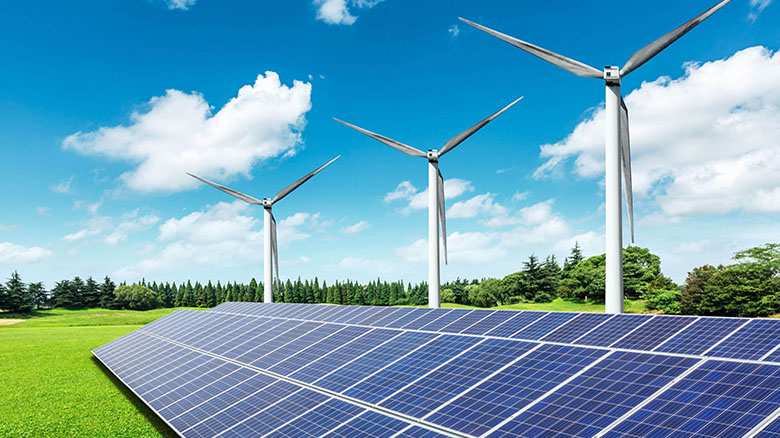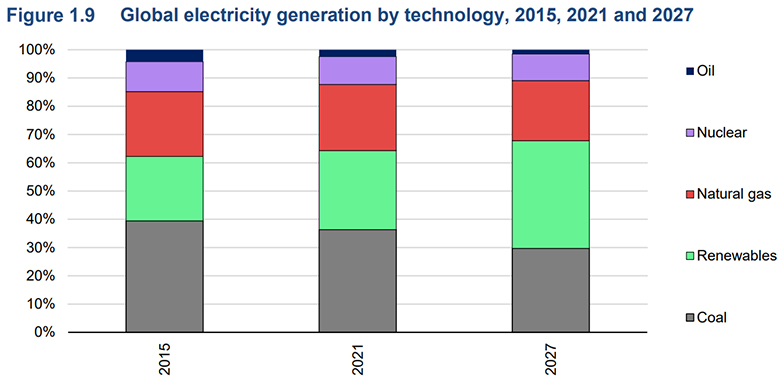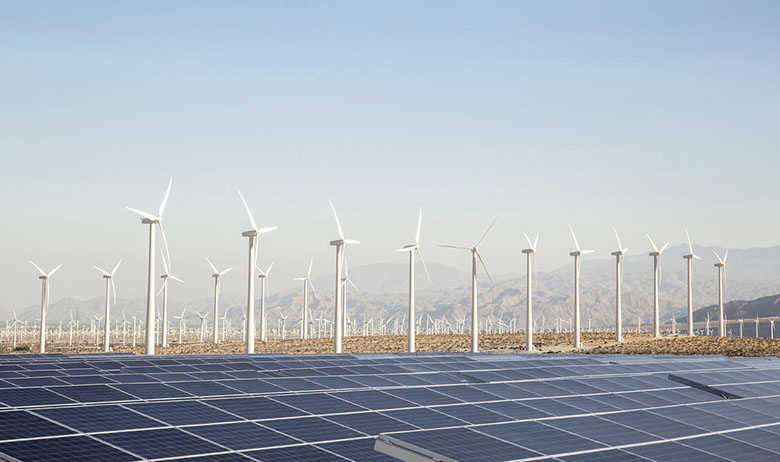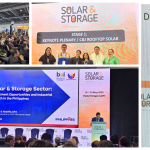
The International Energy Agency (IEA) has revised projections for the increase of renewable energy sources, predicting an almost 2,400 GW increase between 2022 and 2027. Notably, this is the IEA’s highest revision increase yet, about 30% higher than the prediction issued at the end of 2021.
- IEA: Global renewal power will reach 4,800 GW in the next 5 years
- Proactive energy price for businesses: European lessons
- The United Nations has called for increasing investment in renewable energy
By early 2025, renewable energy is likely to be the biggest source of electricity
According to the International Energy Agency’s (IEA) Renewables 2022 Report: Analysis and Forecast to 2027), the expansion of renewable energy capacity in the next five years will be faster than anticipated a year ago. Renewable energy will account for more than 90% of additional power capacity worldwide, and the almost 2,400 GW added between 2022 and 2027 is similar to China’s existing installed capacity.
With this growth rate, renewable energy is on track to become the globe’s biggest energy source by early 2025. Renewable energy is expected to account for 38% of the energy mix by 2027, making it the only energy source with a rising proportion, while coal, natural gas, and nuclear power are expected to decrease.
 Renewable energy will become the largest source of global electricity generation (Image source: IEA)
Renewable energy will become the largest source of global electricity generation (Image source: IEA)
Solar and wind power, the two largest renewable energy sources, are expected to account for 80% of the growth and to double in the next five years, providing over 20% of the globe’s total electricity production by 2027. The International Energy Agency (IEA) predicts that solar power will become the world’s largest power source by 2027, owing to an increase in large-scale solar plants in most countries (as the least expensive option for developing new power sources) and distributed solar systems (such as on buildings and factories) as a result of higher retail electricity prices and policy support to reduce consumers’ electricity costs. Wind power is also expanding rapidly, with power almost doubling, offshore wind projects accounting for one-fifth of growth, and more than 570 GW of wind power capacity on the coast will be added and put into operation at this stage. Green hydro generation from wind and solar power is also predicted to become a new growth sector, giving potential for carbon reduction in industry and transportation. According to the report, the renewable energy used to generate hydro will be 100-fold in the next five years, with China, Australia, Chile, and the United States taking the lead.
Notably, despite continued strong growth in renewable energy, the IEA’s adjustment in this report is the largest yet and about 30% higher than the prediction given at the end of 2021.
Unprecedented momentum from the energy crisis
The energy crisis, which began with the political conflict between Russia and Ukraine, poses several challenges for the global economy as well as the renewable energies sector. However, it also opens up new opportunities and becomes an unprecedented driving force in developing renewable energy sources. The interruption of fossil fuel supply has emphasized the benefits of renewable energy autonomy within the country to ensure energy security, causing several countries to strengthen policies to encourage renewable energy. Besides implementing present policies, China, the European Union (EU), the United States, and India have accelerated market and regulatory reforms to confront the energy crisis. These include China’s 14th Five-Year Programme, the European Union’s REPowerEU plan, and the United States’ Inflation Reduction Act… Meanwhile, rising worldwide fossil fuel costs improve the competitiveness of solar and wind power compared to other fuels.
“Renewables were already expanding quickly, but the global energy crisis has kicked them into an extraordinary new phase of even faster growth as countries seek to capitalise on their energy security benefits.” said IEA Executive Director Fatih Birol.
 Energy crisis becomes an unprecedented development engine for renewable energy (Image source: internet)
Energy crisis becomes an unprecedented development engine for renewable energy (Image source: internet)
Energy consultancy Ember’s recent report – European Electricity Assessment Report, published on January 31, 2023, also showed that the wind and solar power output generated reached a new record in 2022, accounting for more than one-fifth of the EU’s total electrical production and surpassing electrification for the first time (22% compared to 20%). Solar and wind power have grown unprecedentedly, allowing EU countries to compensate for hydroelectric and nuclear power shortages. Solar power production has grown the fastest, with a record increase of 39 TWh (equal to a 24% increase, almost twice the previous record), helping the EU save up to €10 billion in gas expenses. In 2022, European nations will have built 15 GW of new wind power. While dealing with the energy crisis, Europe’s clean energy transition seems stronger than ever. Not only is the EU committed to phasing out coal, but it is also attempting to phase out gas and transition to a clean, electrified economy.
However, the IEA emphasized that while economies offer ambitious goals and incentive policies for renewable energy, there are still challenges in implementation, such as licensing and grid infrastructure expansion in advanced economies; policy, regulatory, and challenge uncertainties in emerging economies; and weak infrastructure and limited access to finance in developing countries. If these challenges are addressed within the next 12-24 months, renewable energy growth will be about 25% more than anticipated, resulting in nearly 2,950 GW of additional renewable energy capacity globally.
| The issue of energy autonomy is more urgent than ever during an energy crisis. And, as countries implement policies to overcome the energy crisis, many businesses are focusing on energy autonomy and maximizing energy cost savings. This is especially true given that the global economy is expected to enter a recession in 2023 due to the wave of raising interest rates to fight inflation. As a result, more and more businesses are actively pursuing renewable energy sources since it is not only a solution for greening production to meet market trends, but it also helps autonomy – minimize energy costs and optimize operating costs in the long run. As a result, more and more businesses are concentrating on actively employing renewable energy sources since it is not only a solution for greening production to meet market trends, but it also helps autonomy – minimize energy costs, and optimize operating costs in the long term.
Enterprises interested in clean energy solutions and solar power models do not need investment capital – the PPA (Power Purchase Agreement) model, please contact Our Call Center via 1800 7171 or +84 9 1800 7171 or send an email to hello@vuphong.com for more information. |
Vu Phong Energy Group









